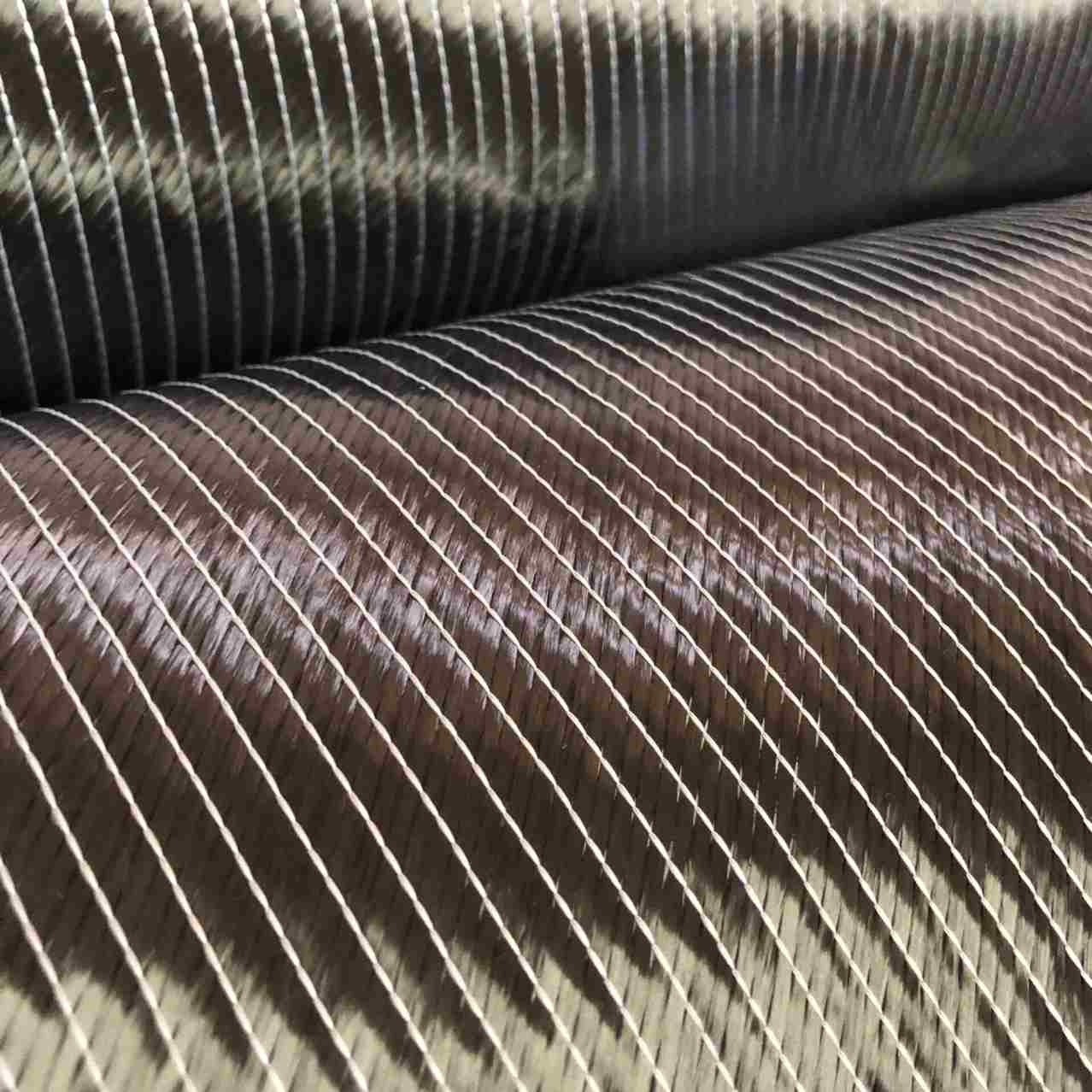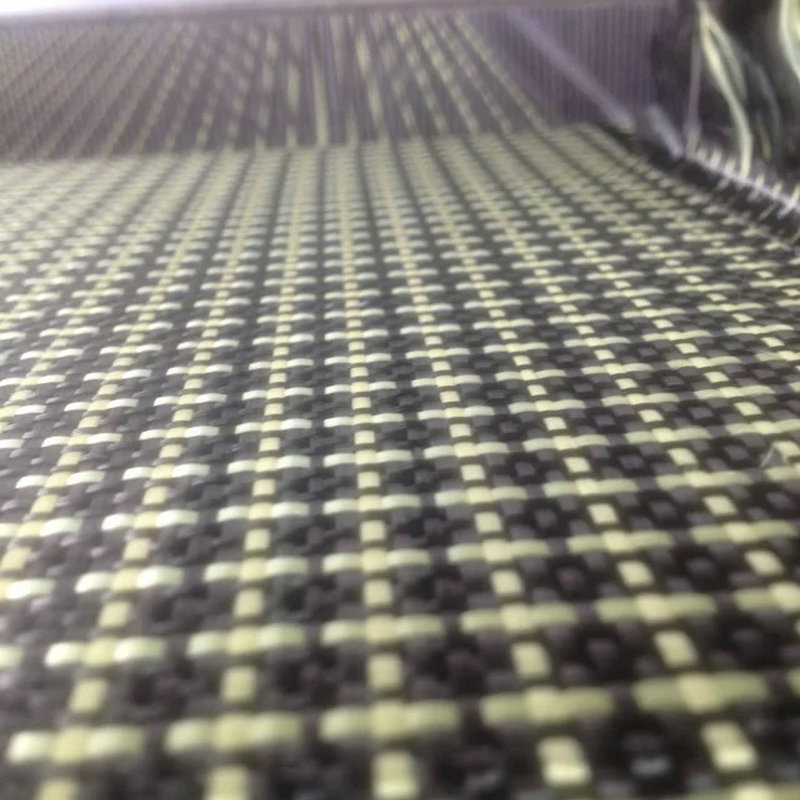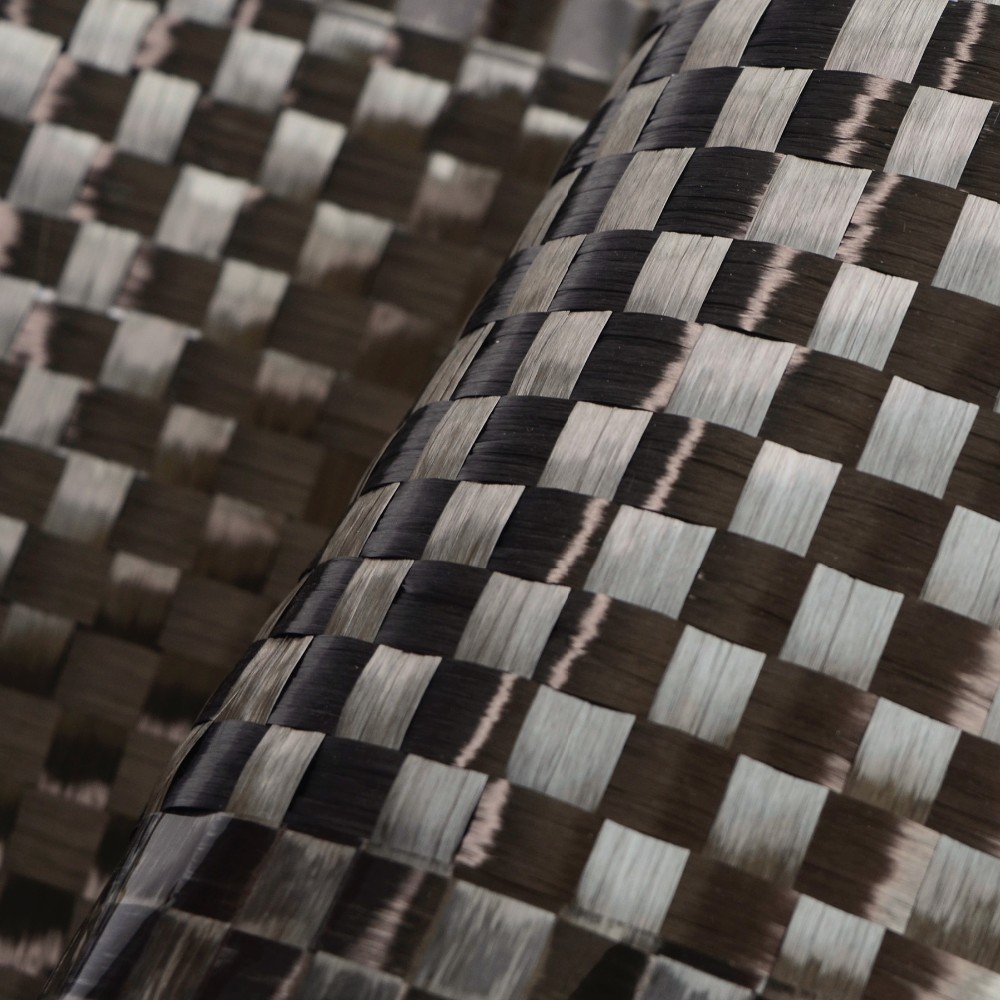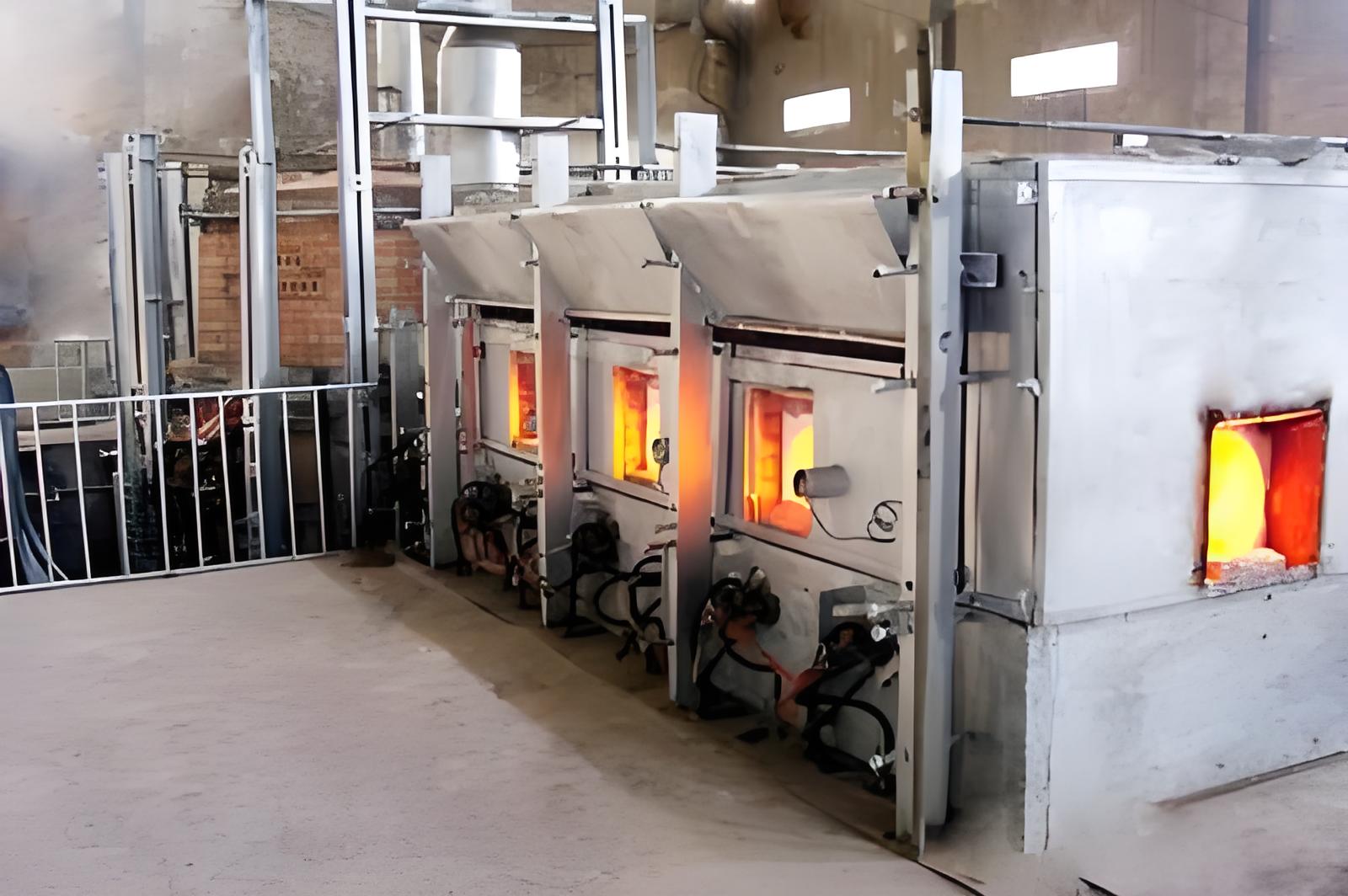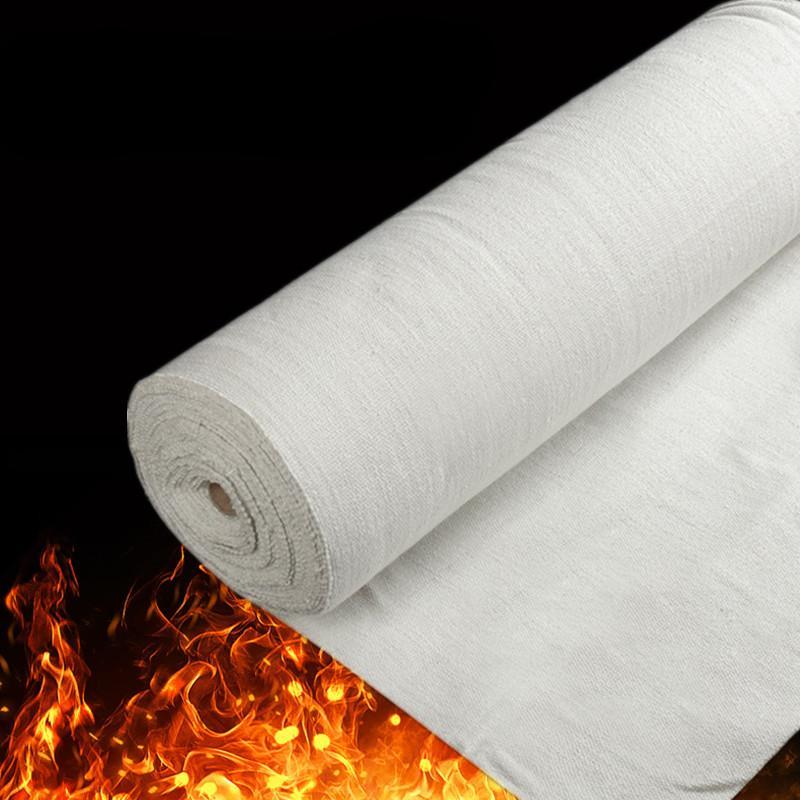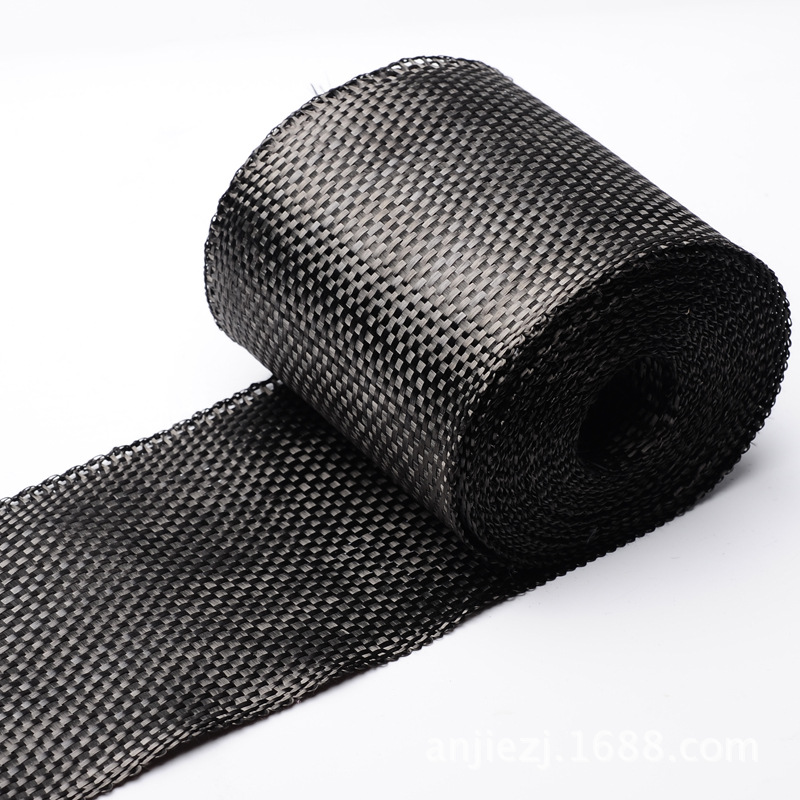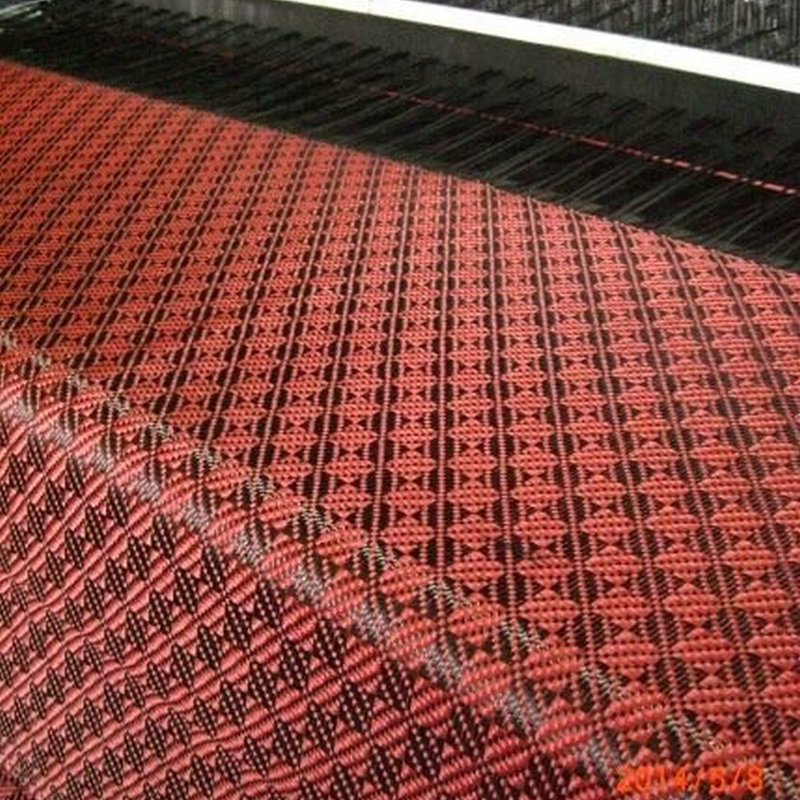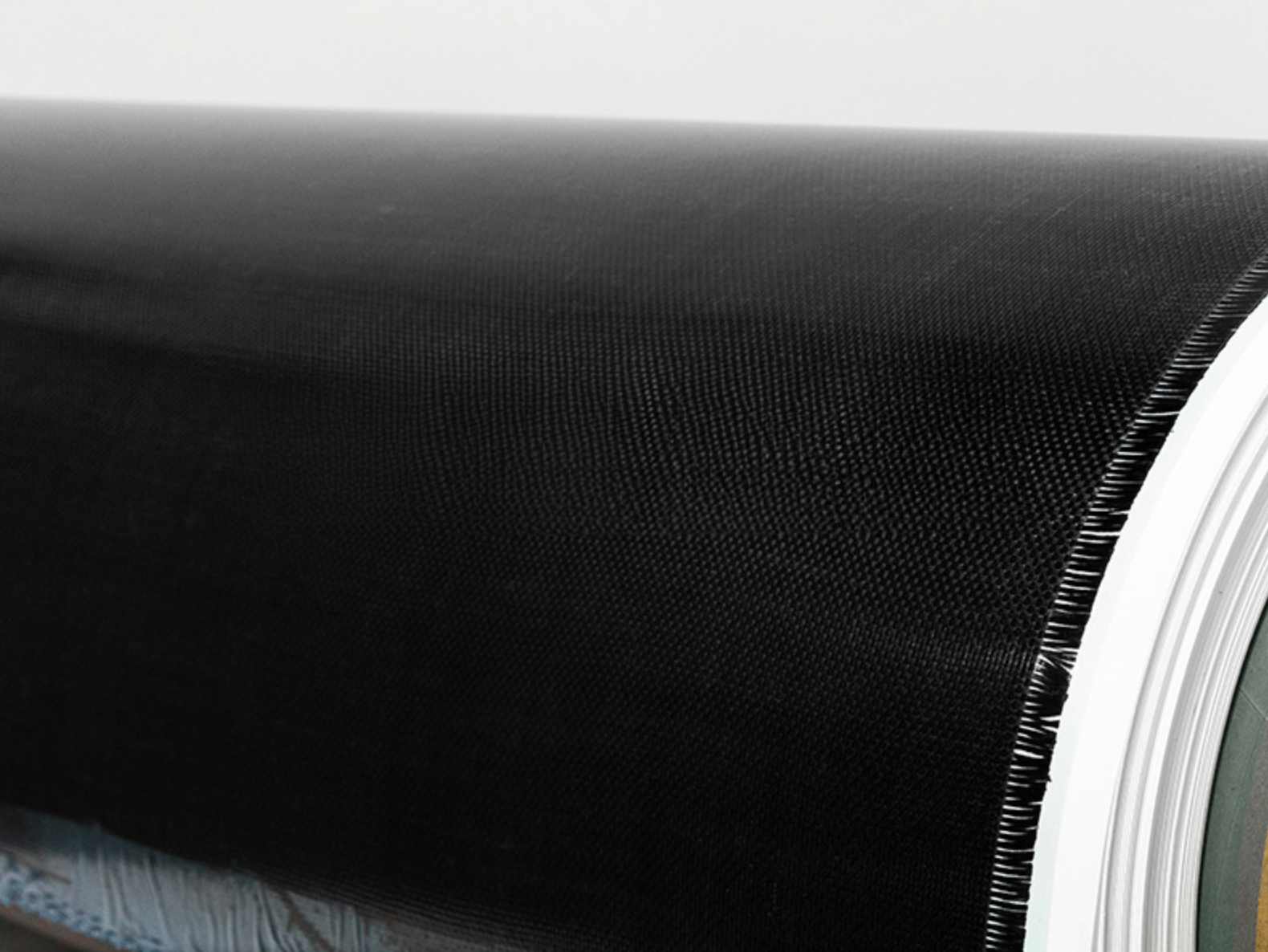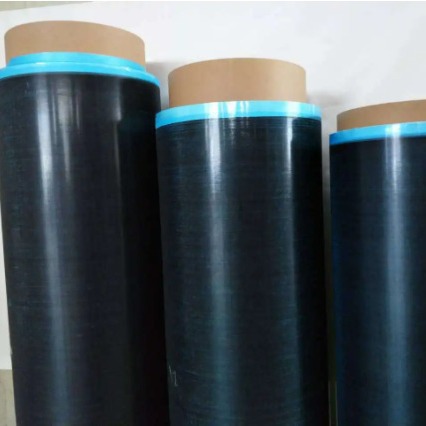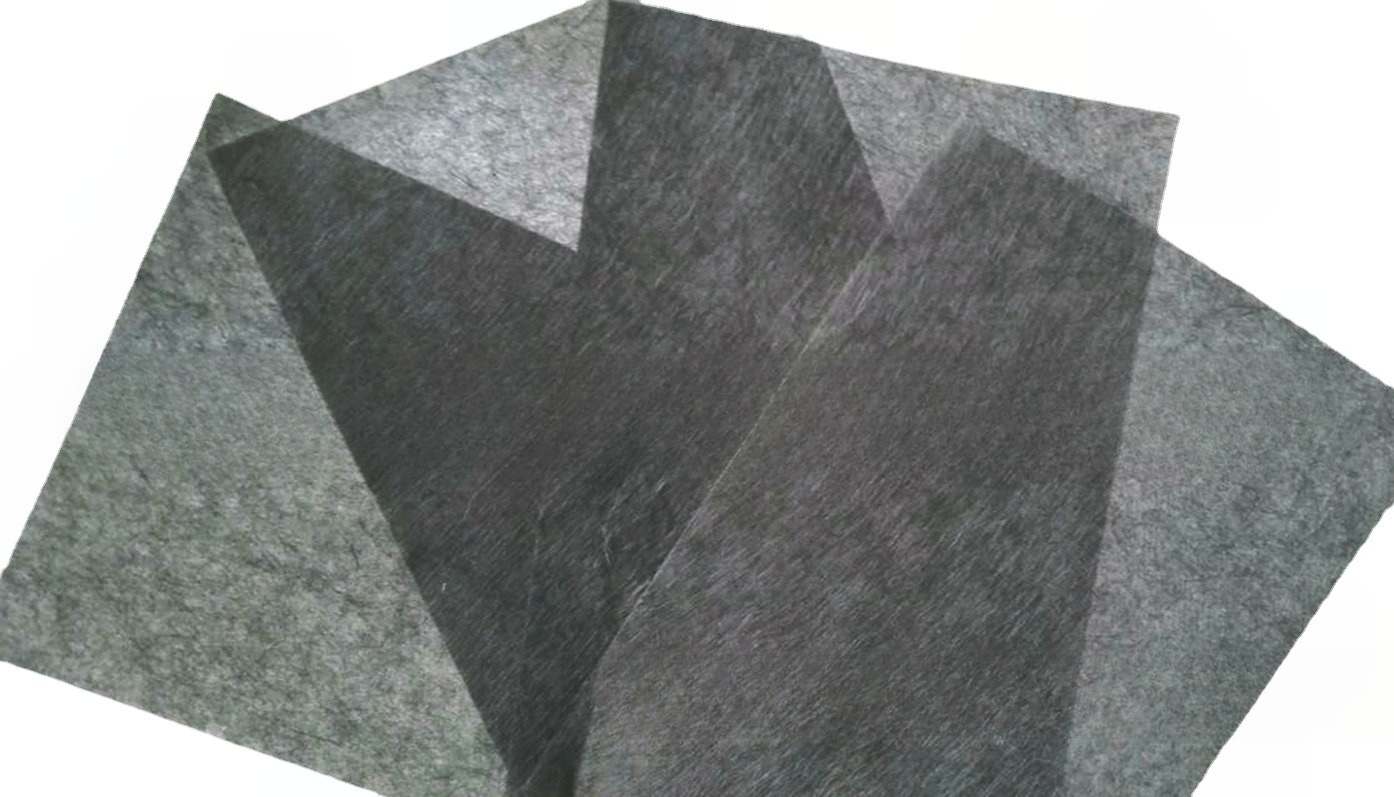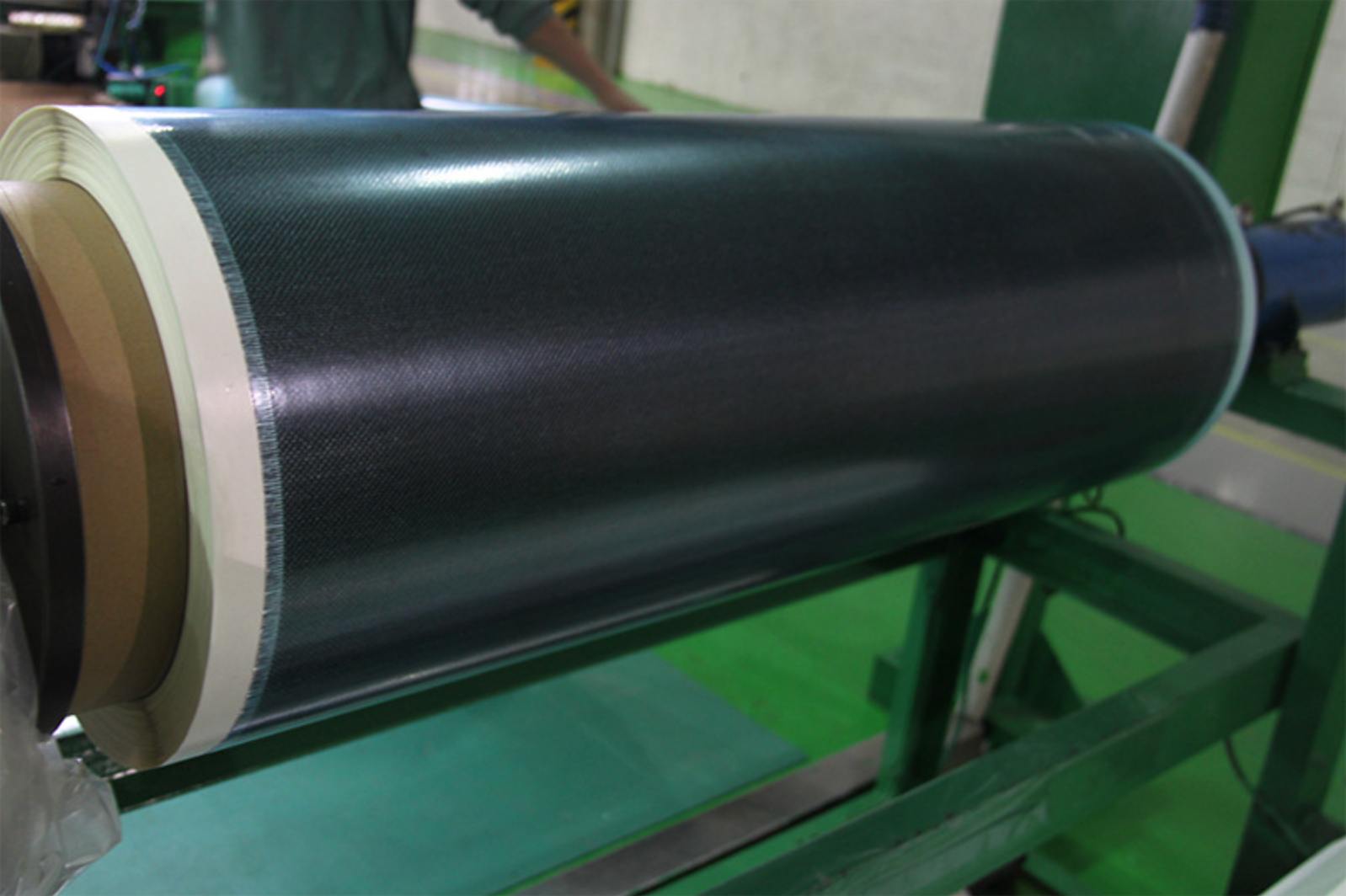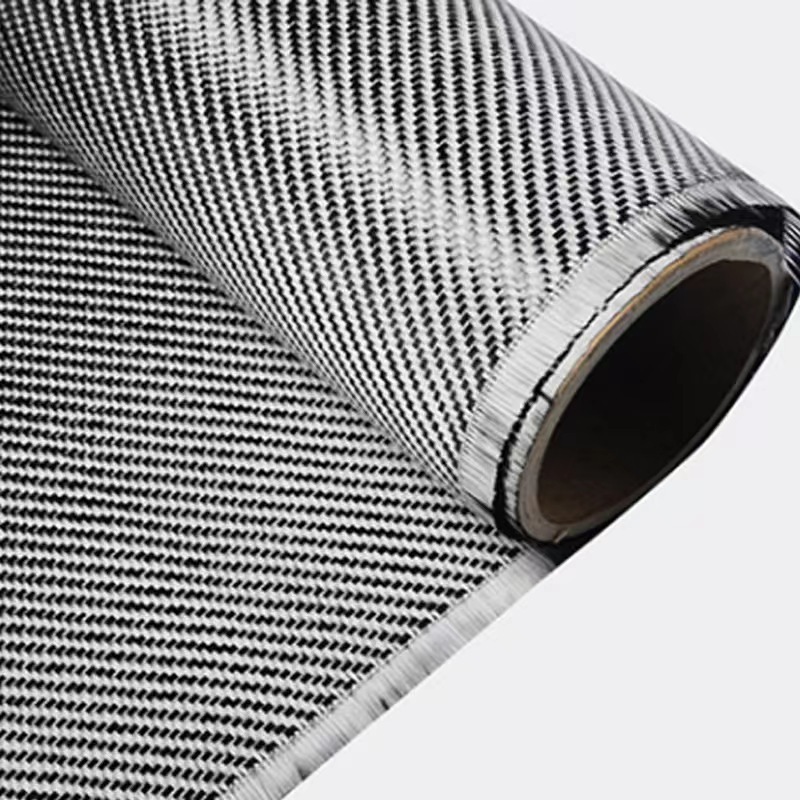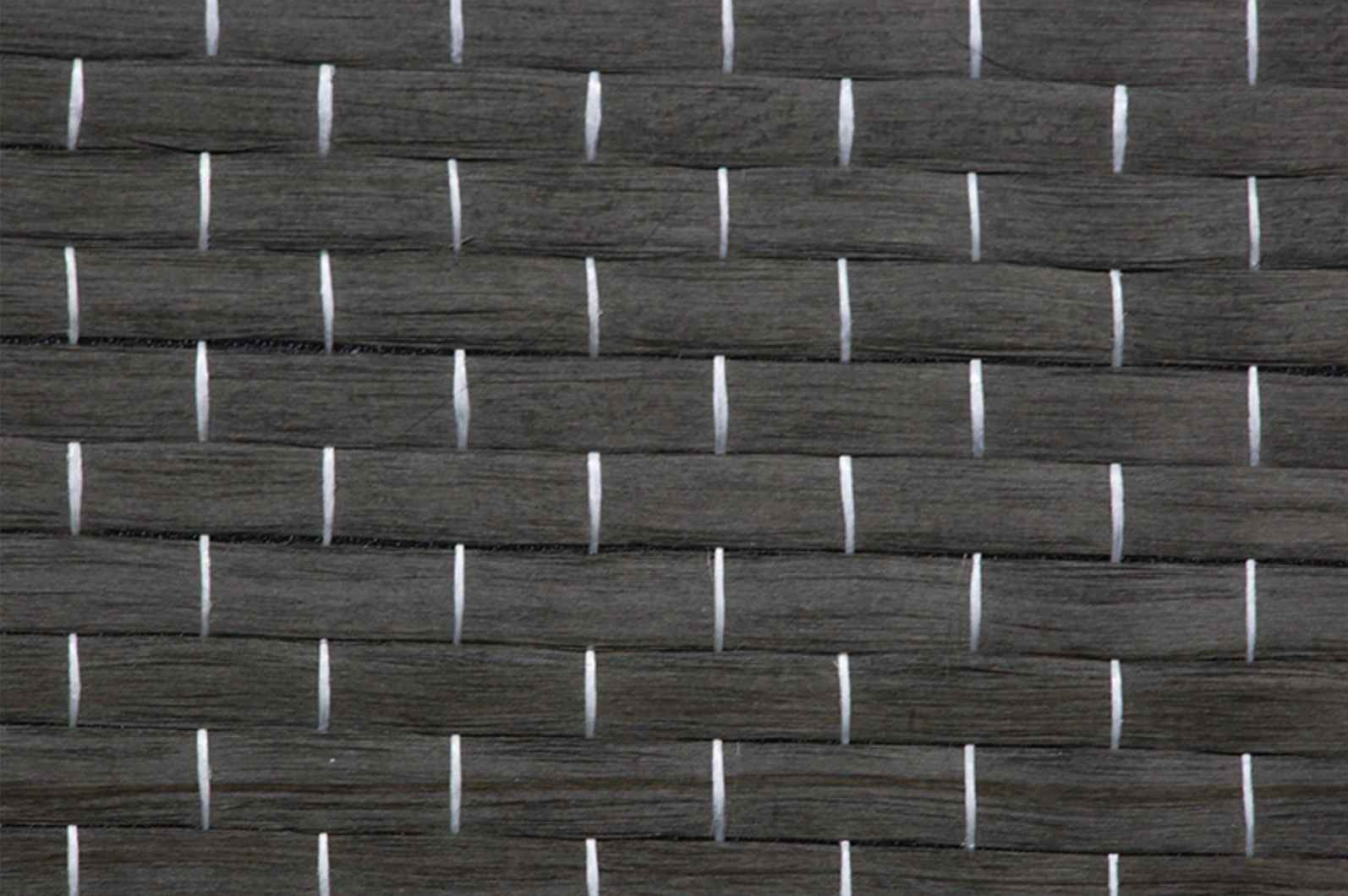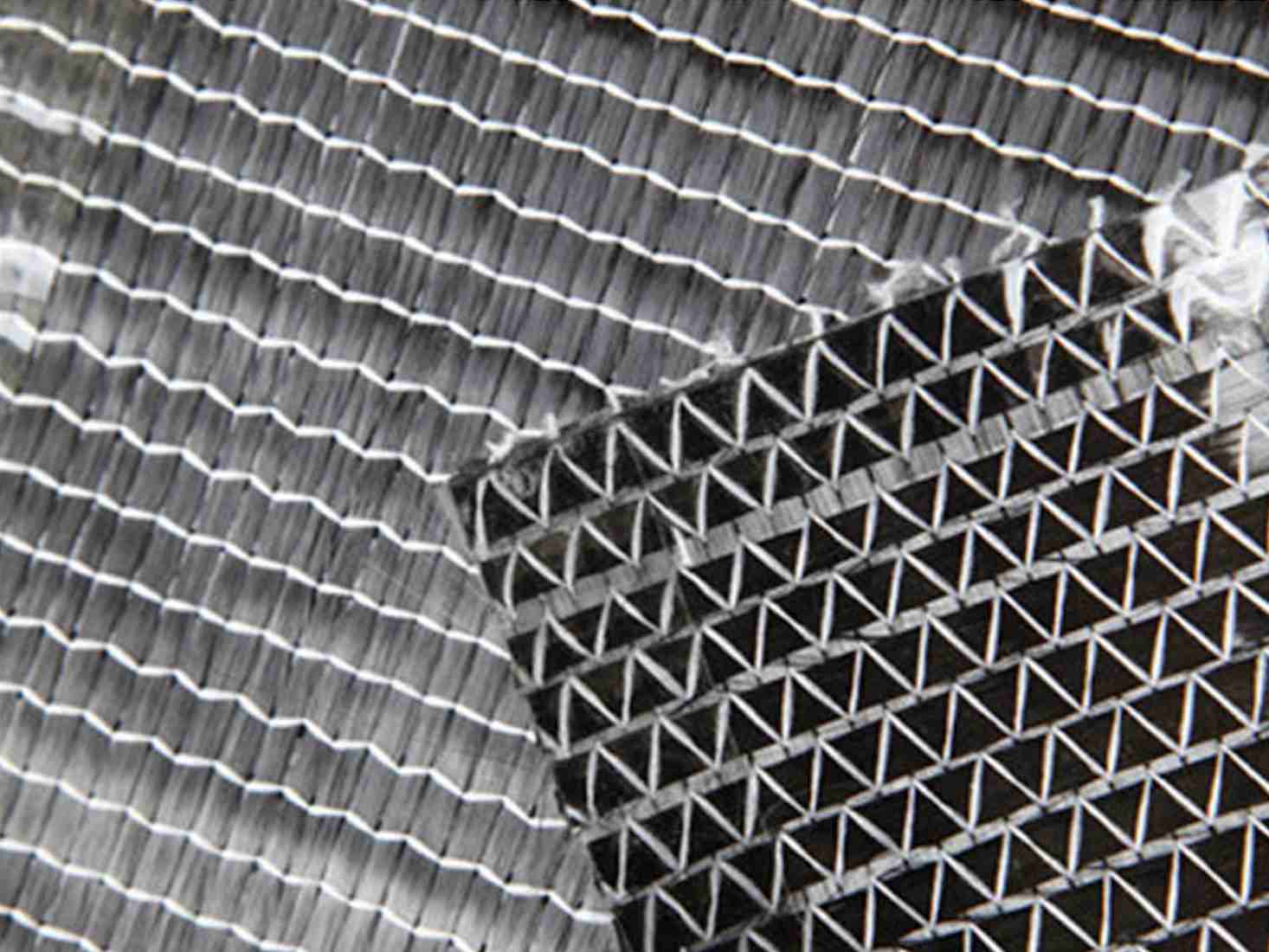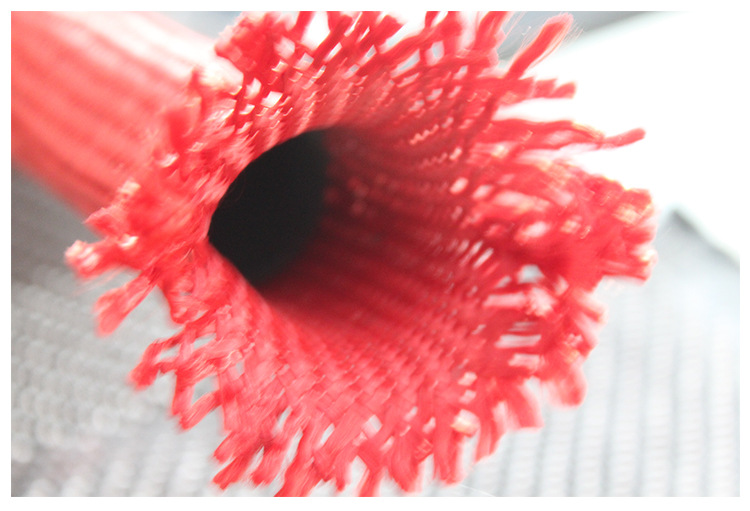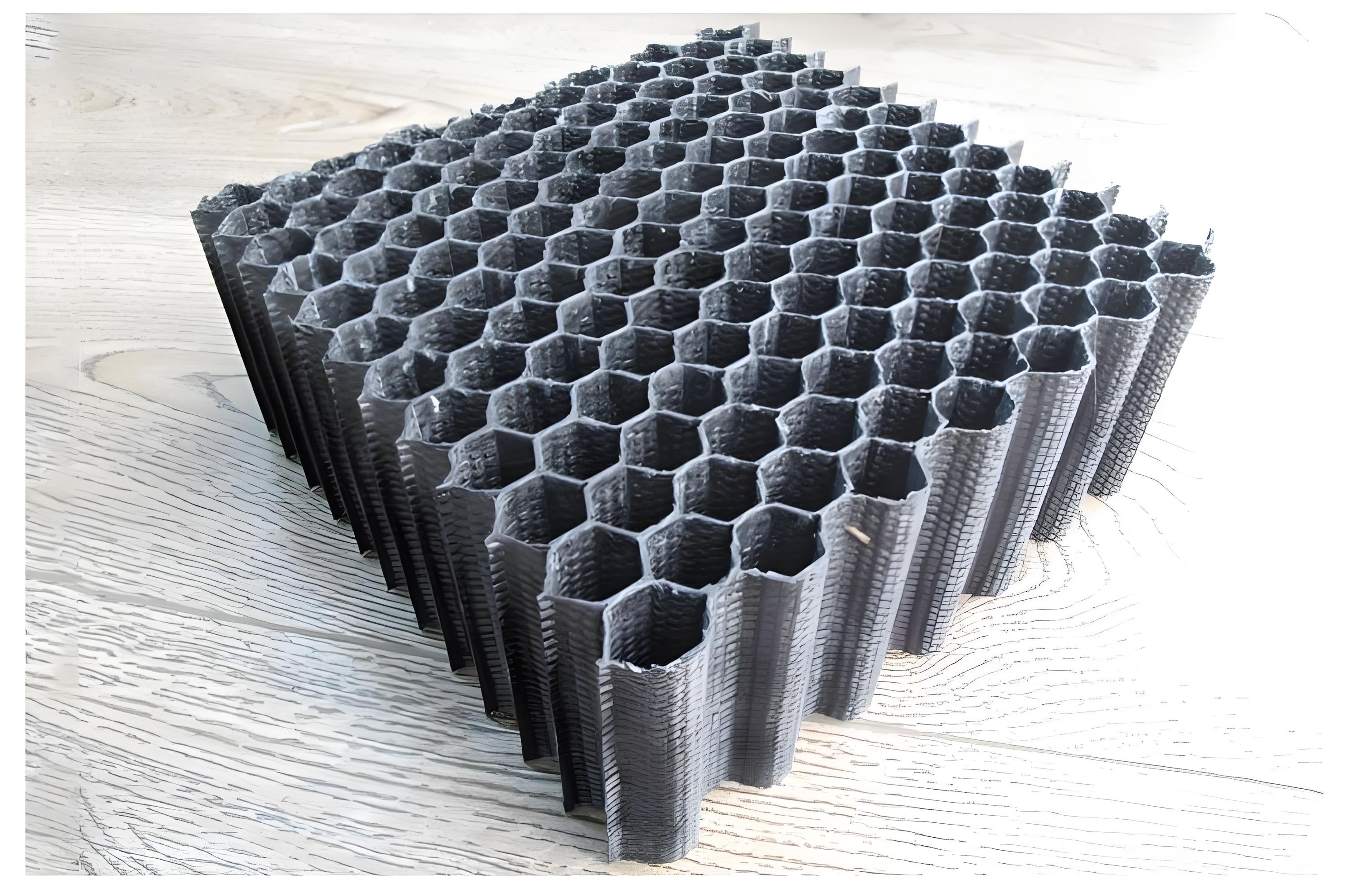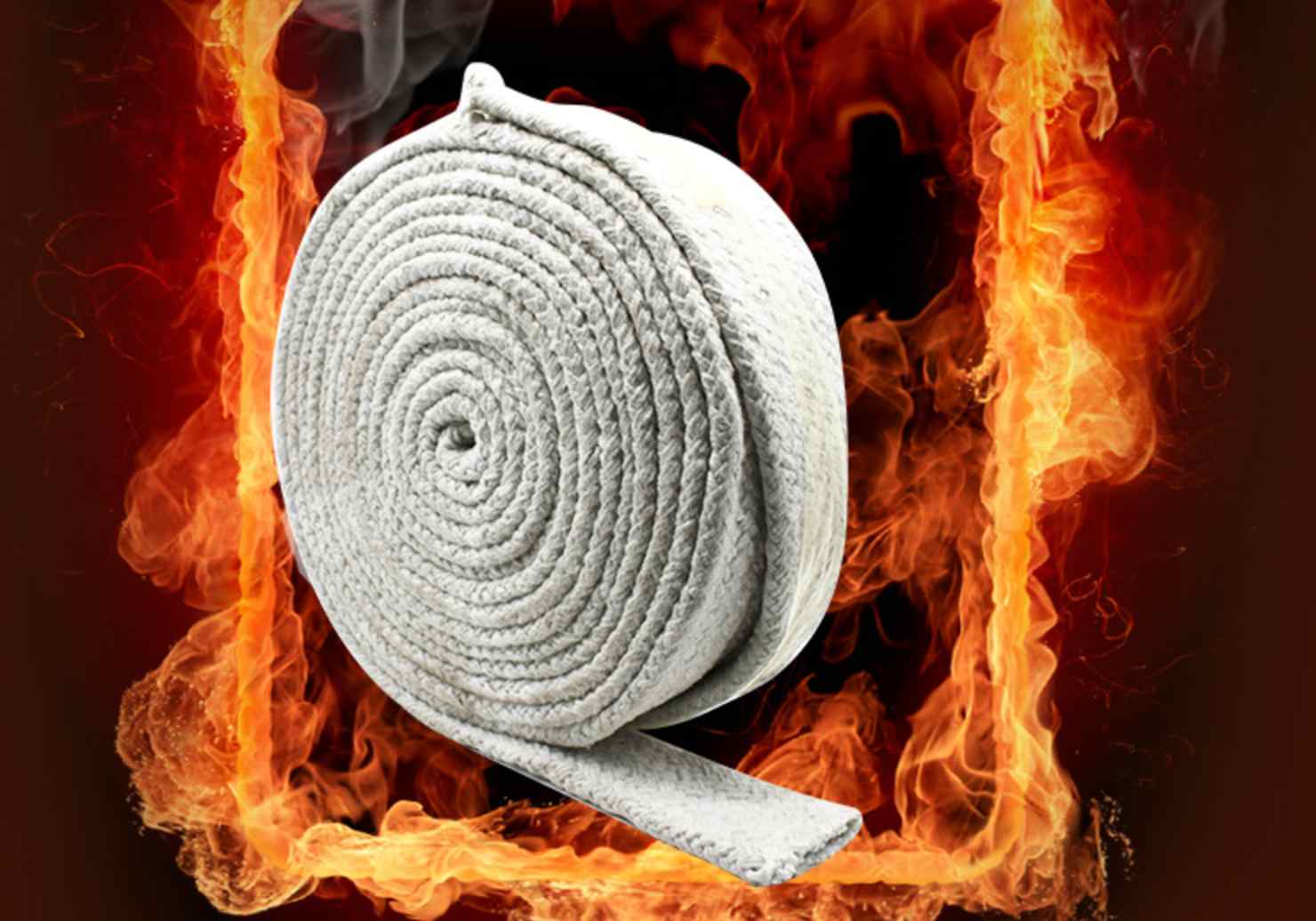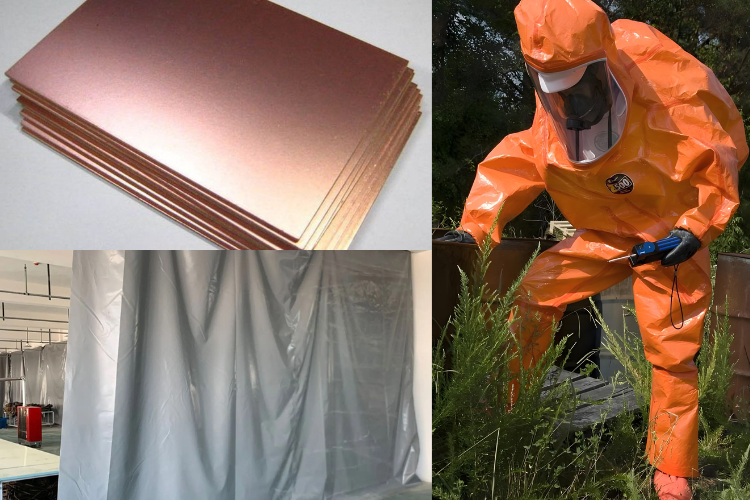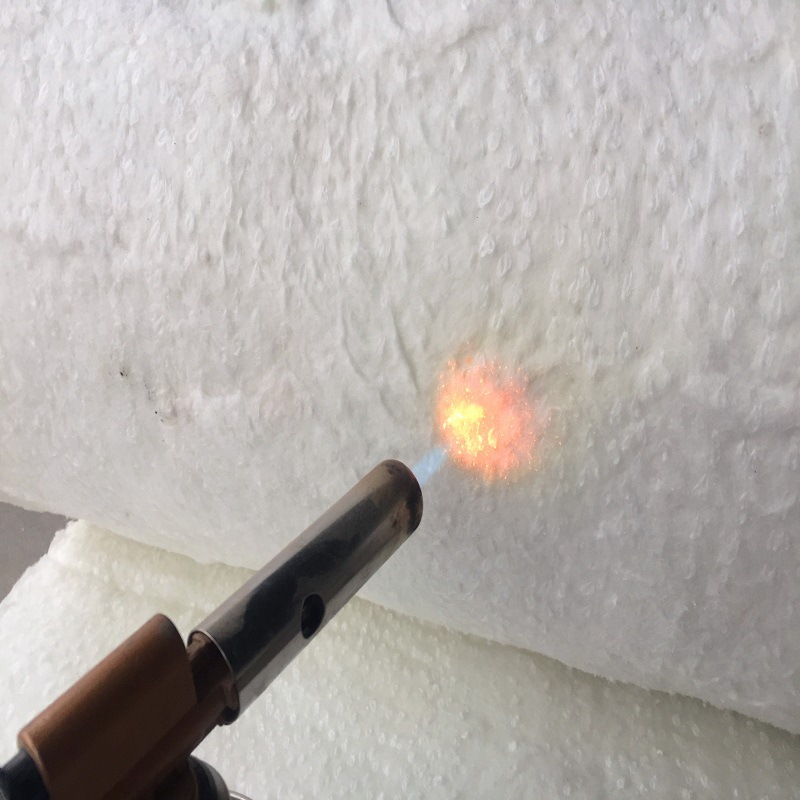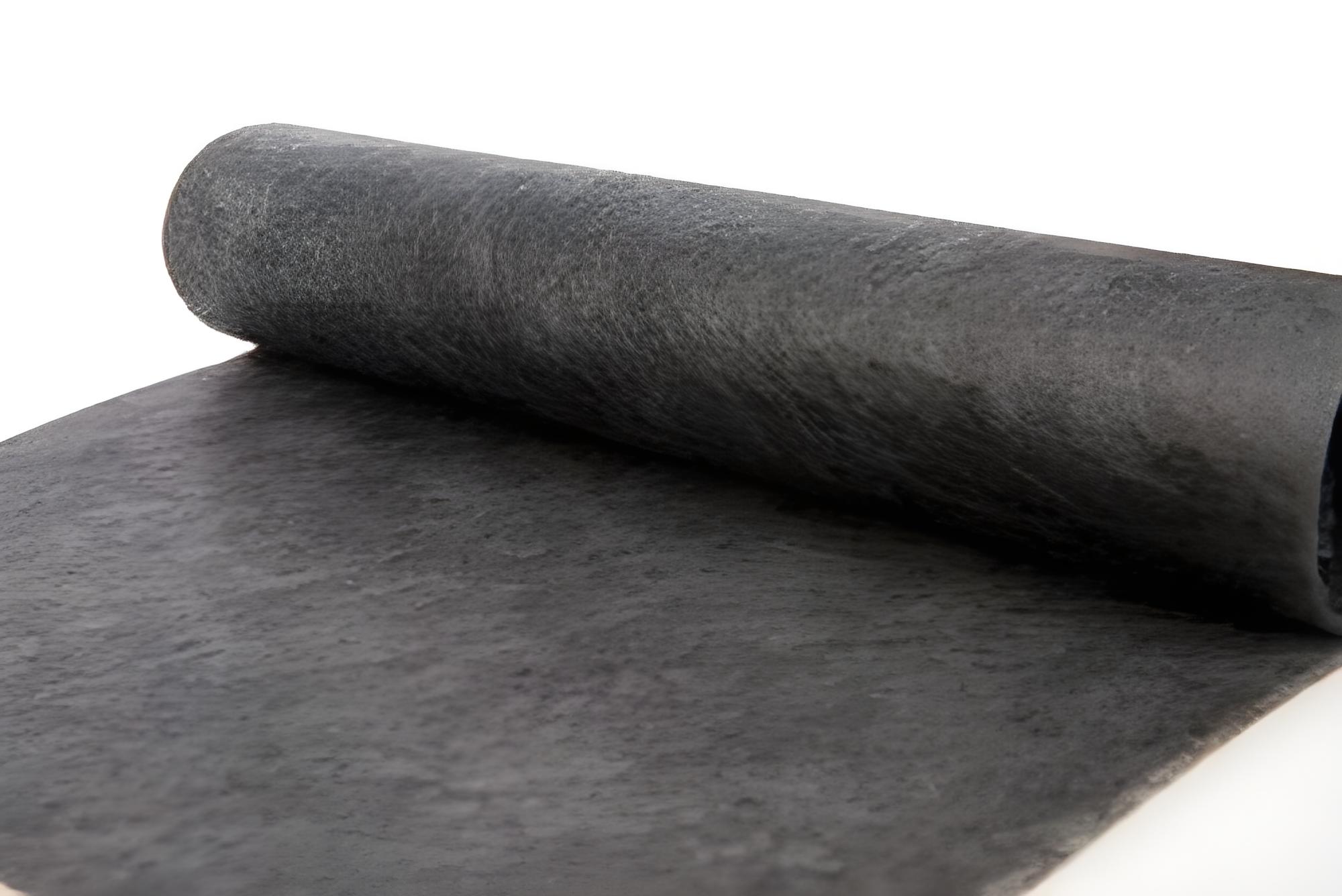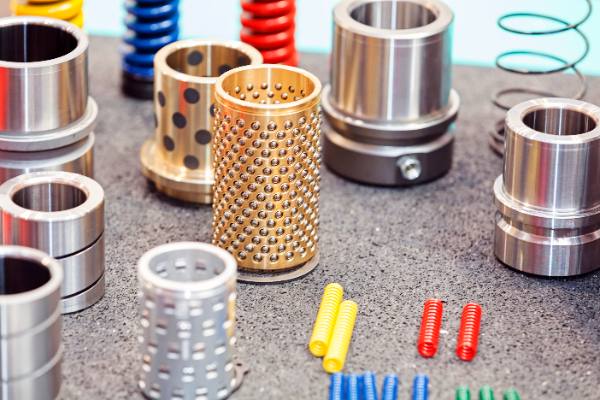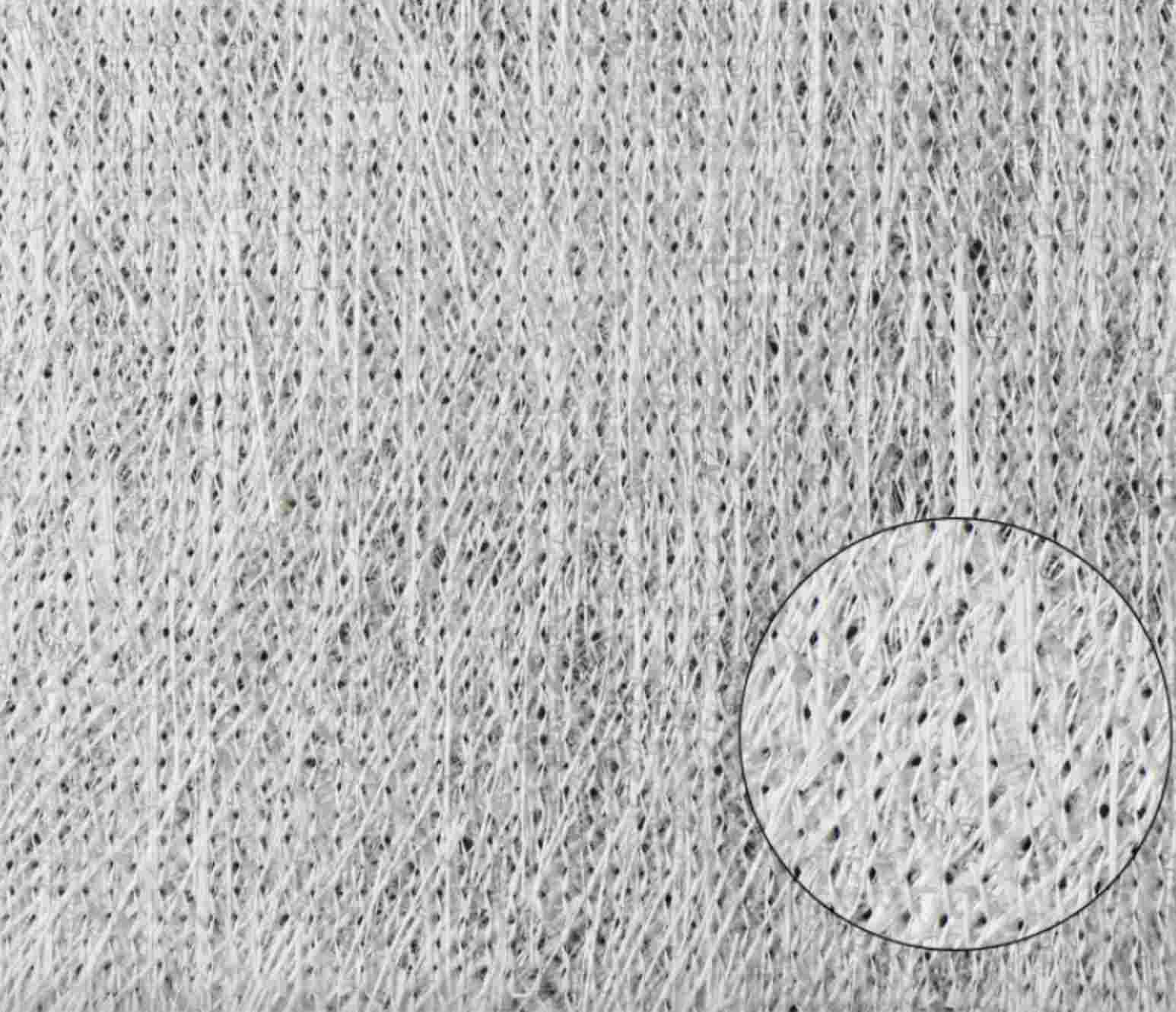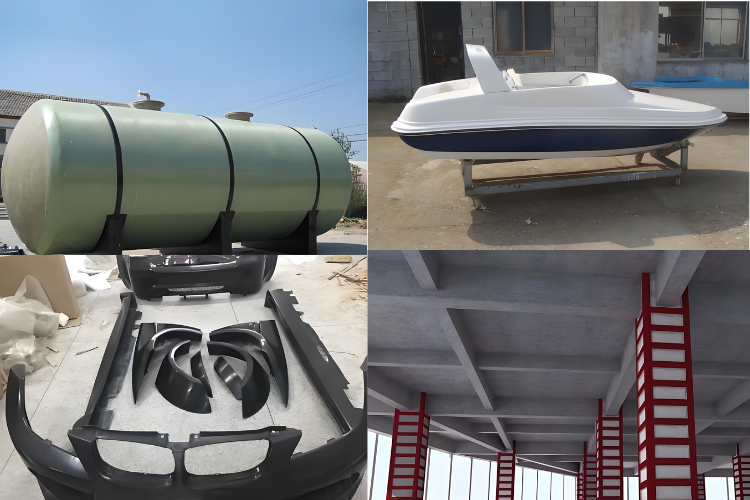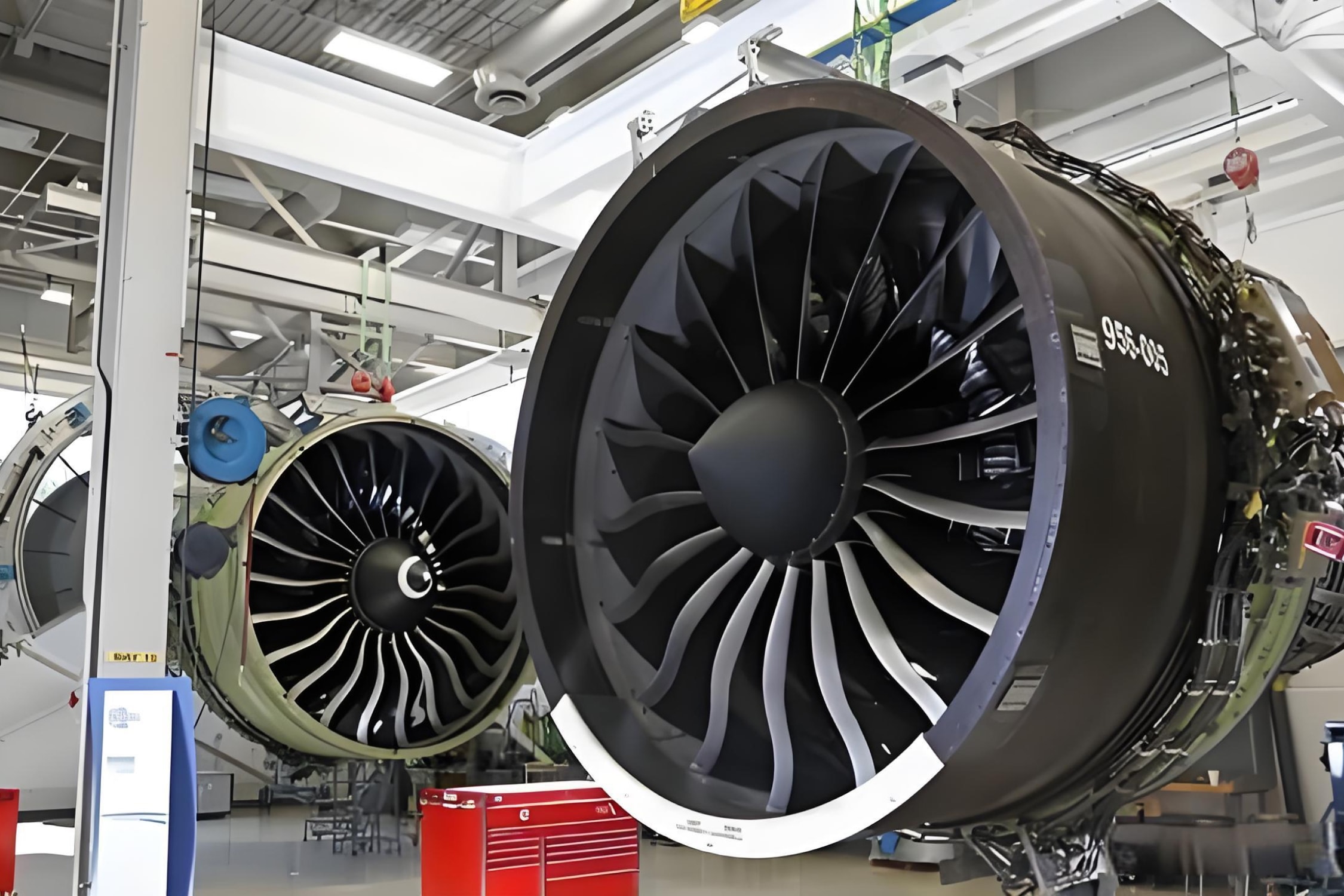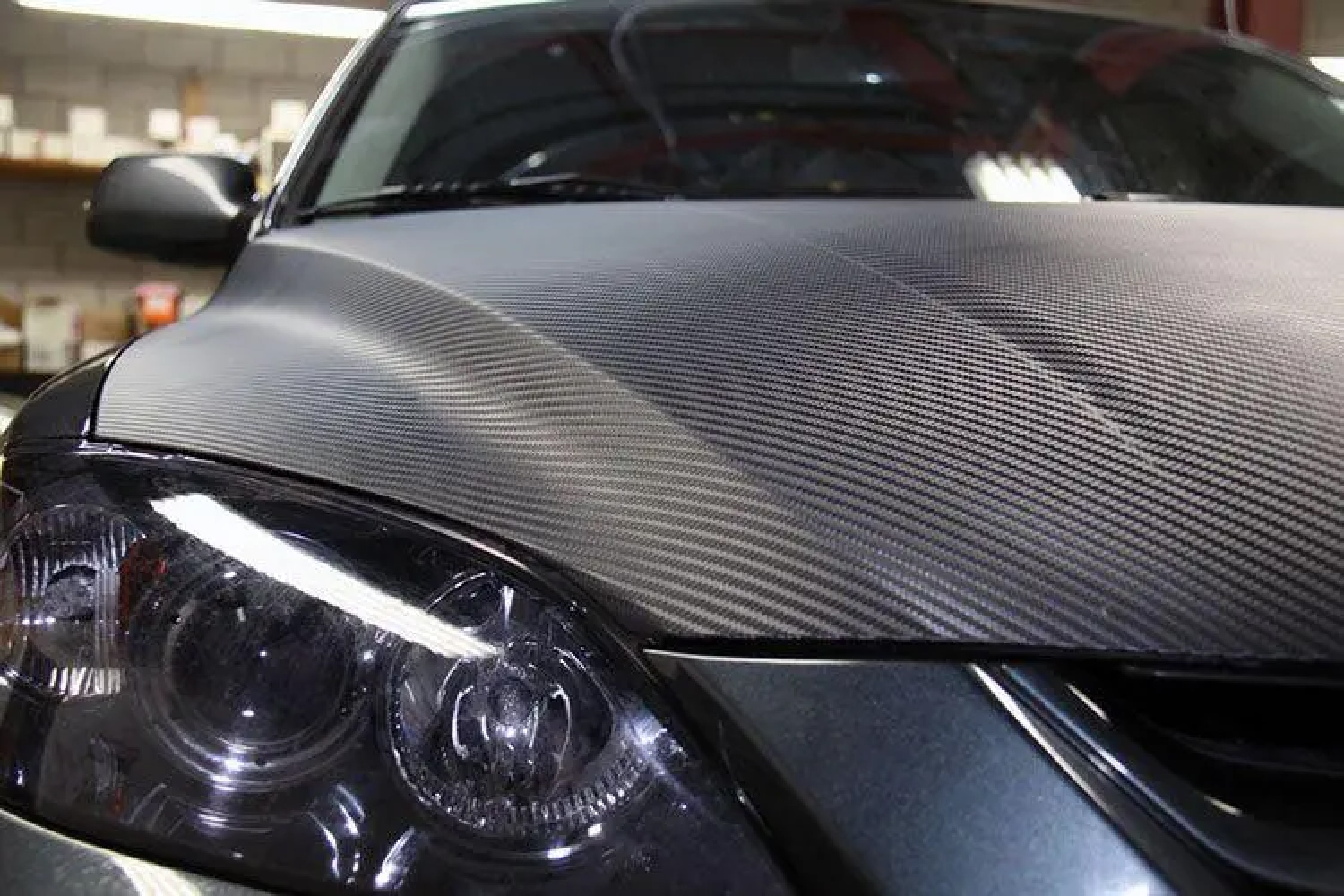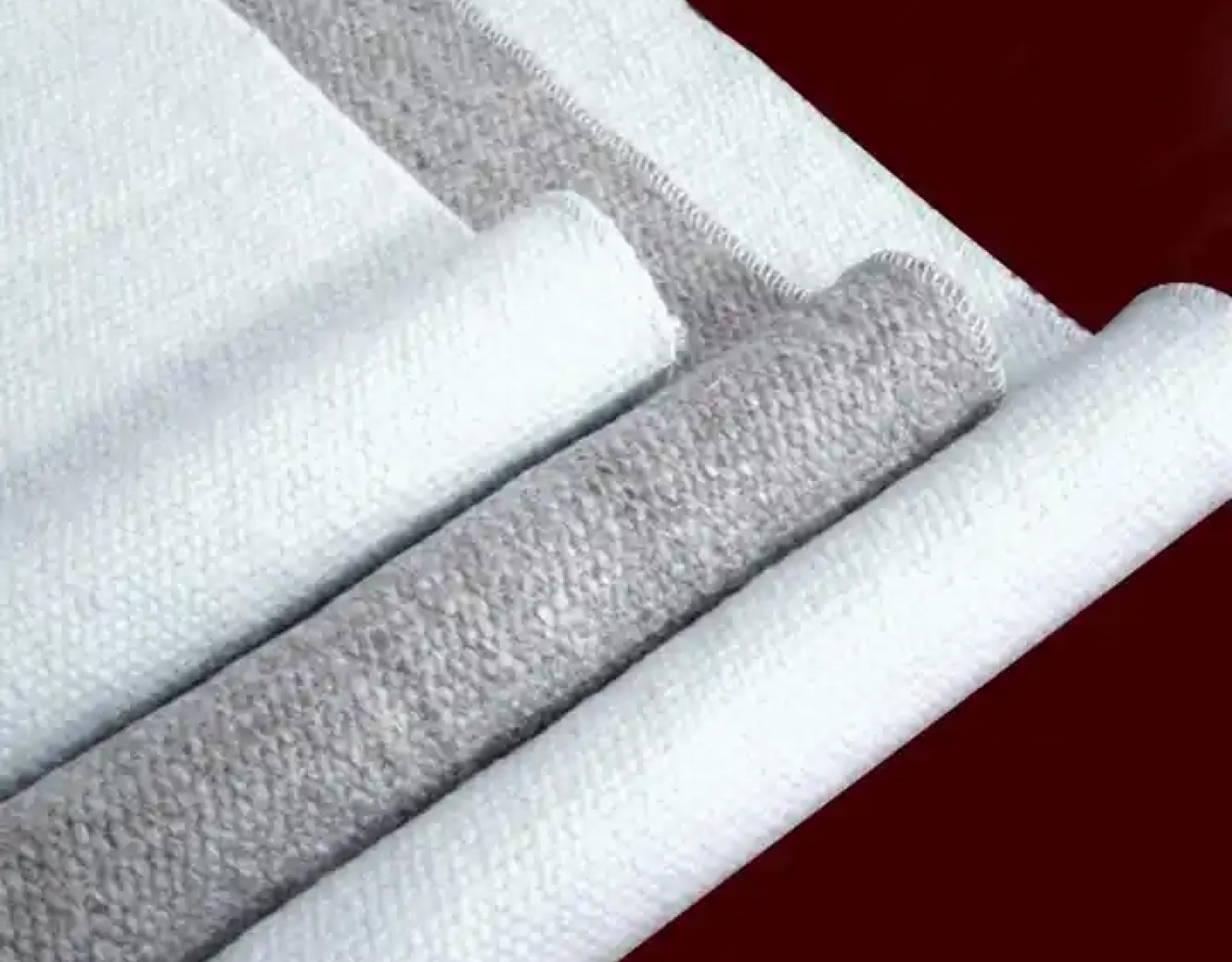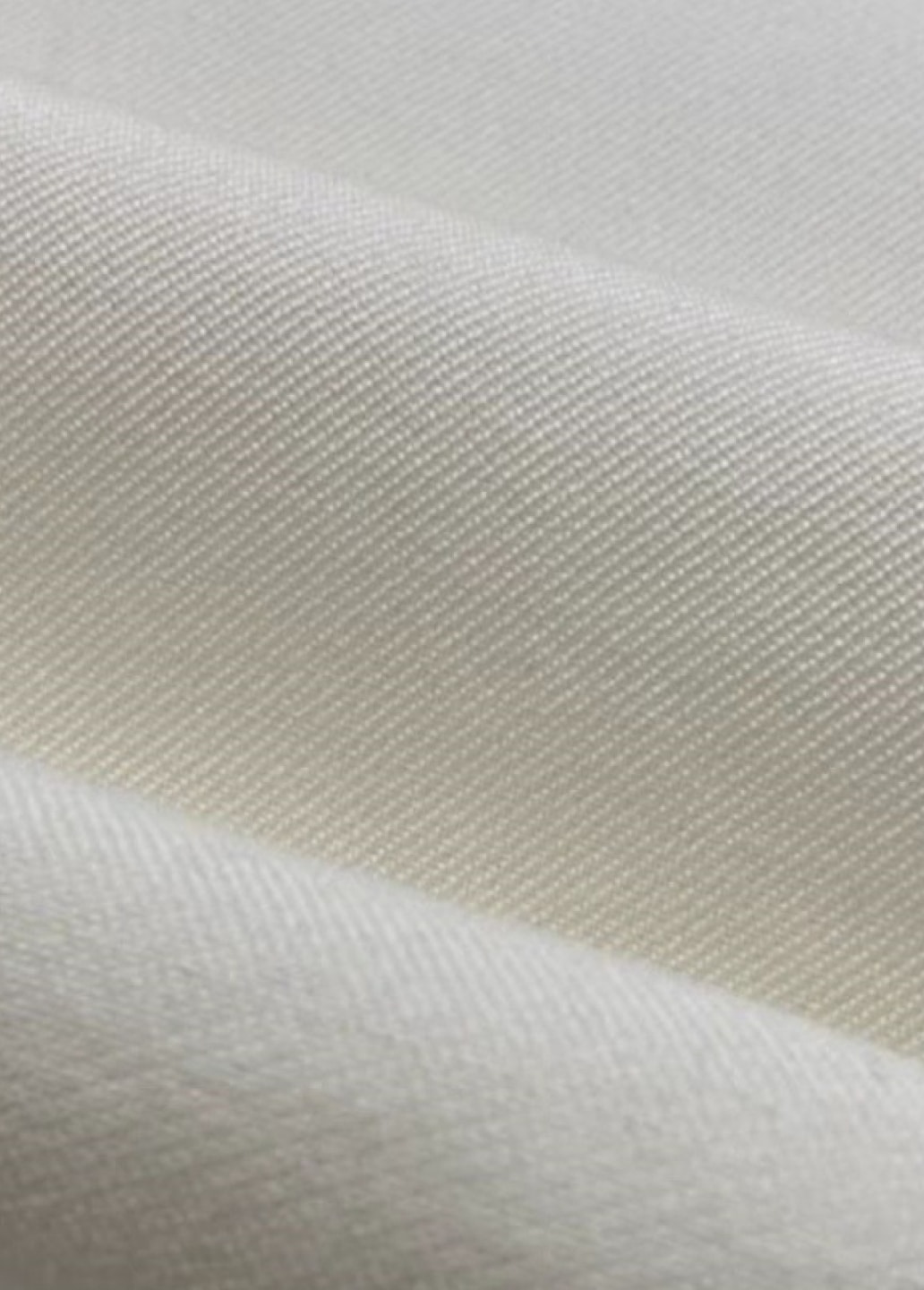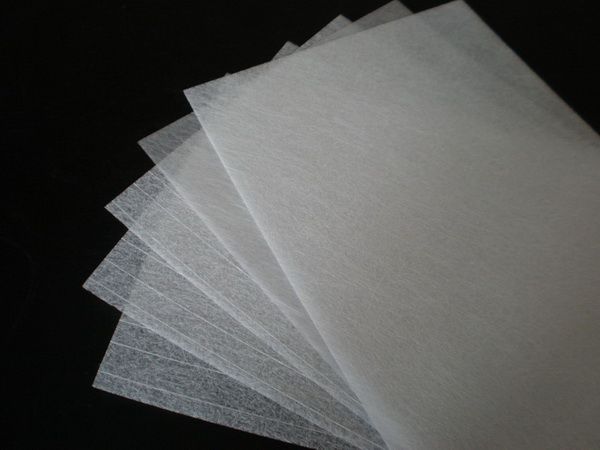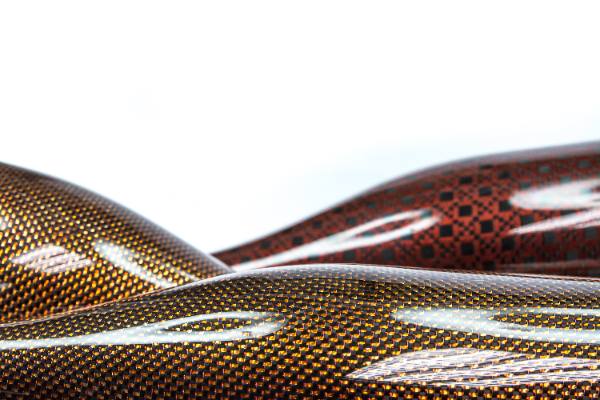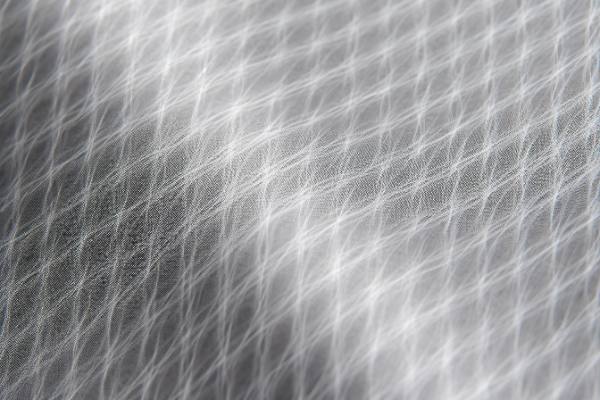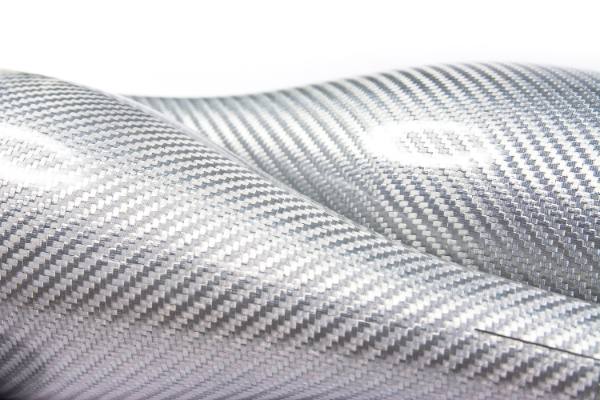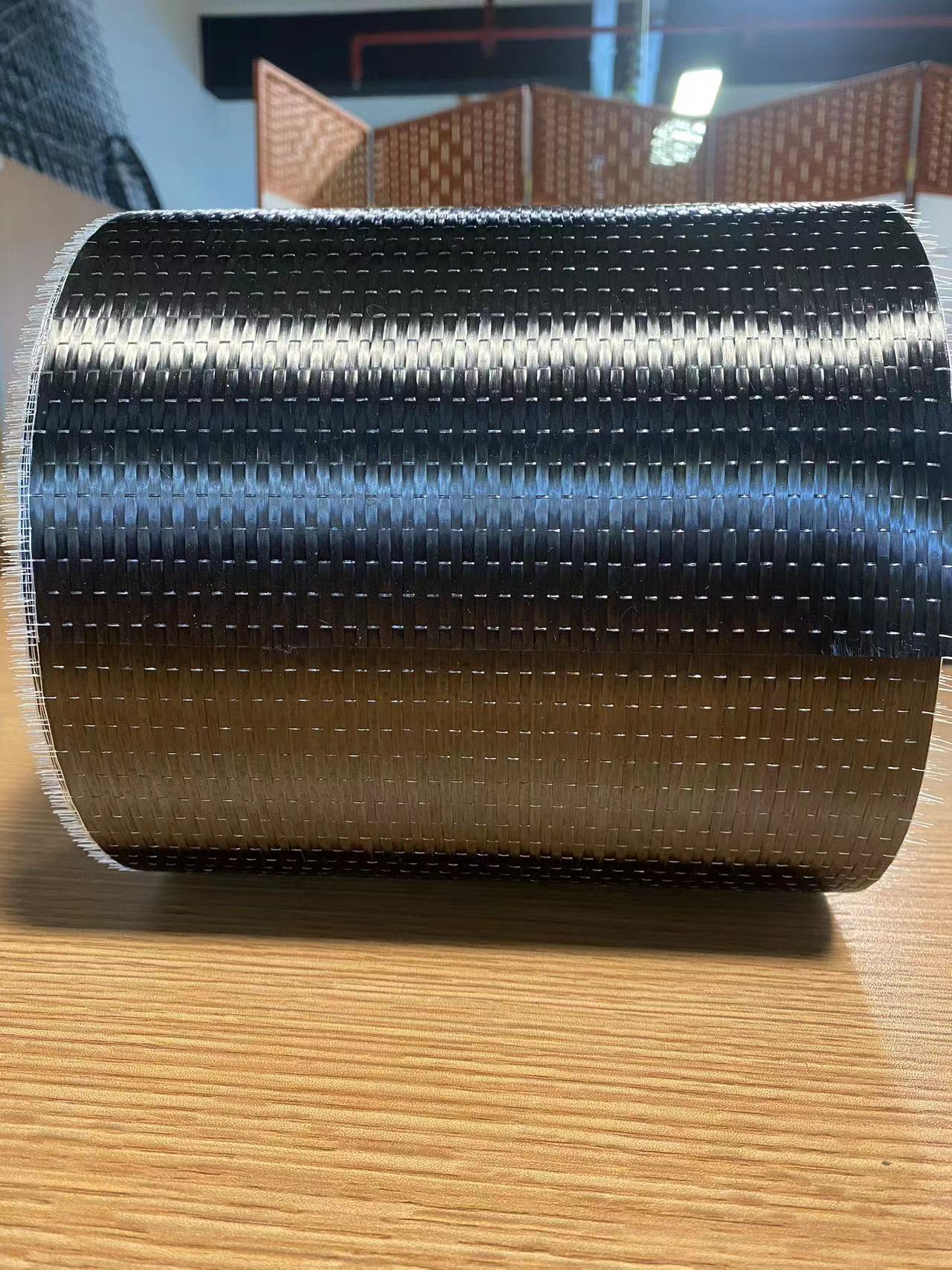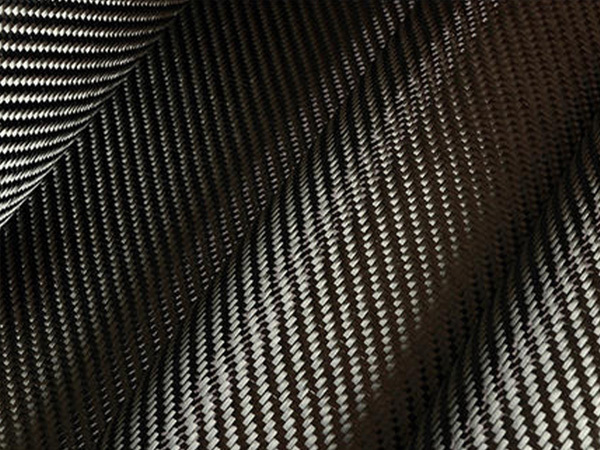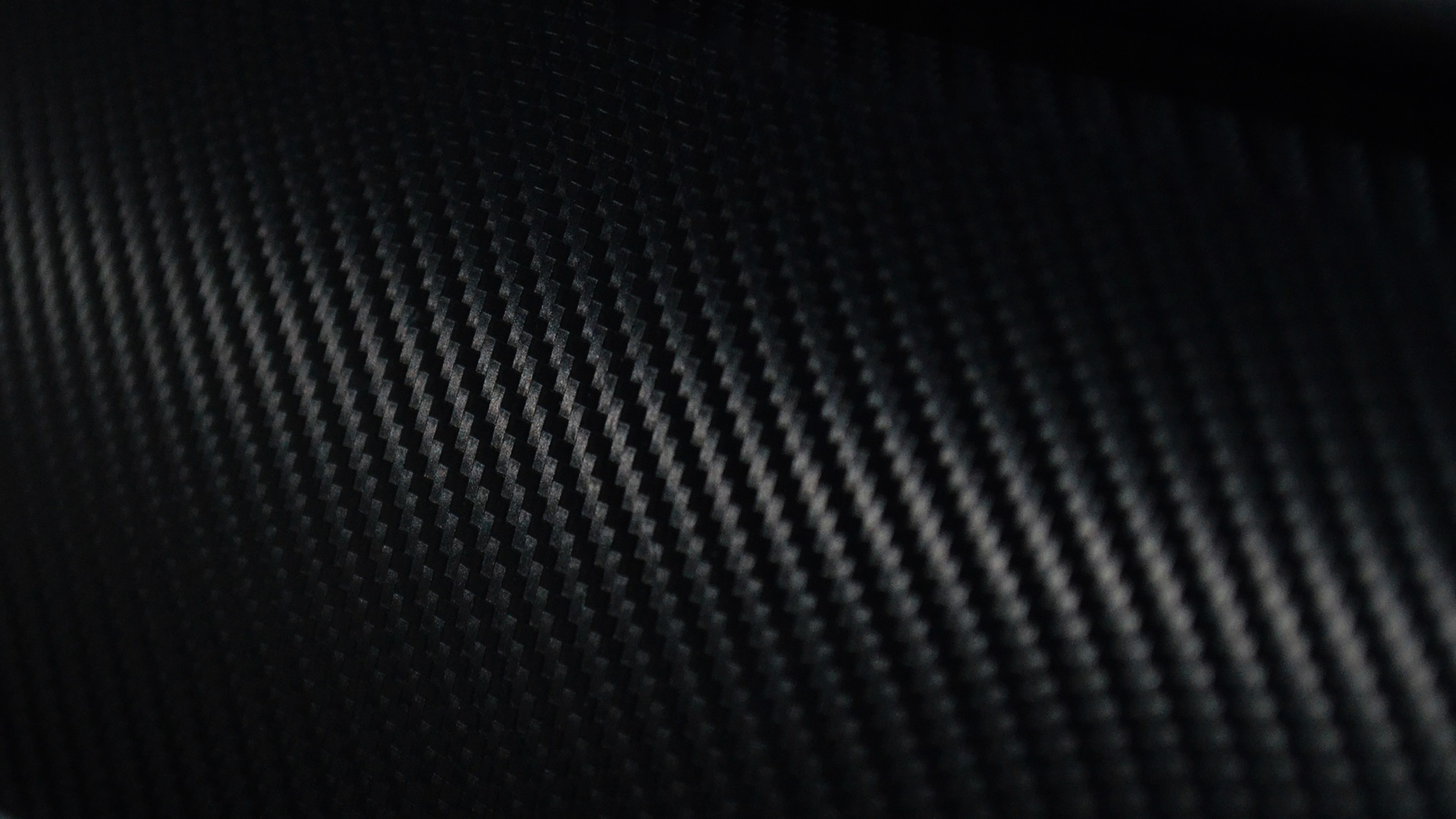+86-13732282311
merlin@xcellentcomposites.com
Let the world benefit from composite materials!
Exploring Aramid Fiber Applications: Everything You Need to Know
Aramid fibers are high-performance materials known for their incredible strength, durability, and resistance to heat and chemicals. These unique properties have led to their widespread use in numerous industries, from aerospace and automotive to personal protective equipment and sports gear. Aramid fiber reinforcements are commonly used in composite materials to enhance strength and durability, making them ideal for applications in aerospace, automotive, and protective gear. This blog delves into the various aramid applications and highlights the versatility of aramid fiber applications in today's world. Whether you are new to this material or looking to explore its potential further, this guide will provide you with comprehensive insights into the world of aramid fibers.
What Is Aramid Fiber?
Aramid fibers, short for "aromatic polyamide fibers," are a class of synthetic fibers that feature a rigid molecular structure made up of aromatic (aromatic ring) and amide groups. These fibers are primarily known for their high tensile strength and resistance to heat, which makes them incredibly valuable in demanding applications.
Aramid fibers are typically made from polymer-based materials such as poly-para-phenylene terephthalamide (PPTA) and meta-aramid, with Kevlar® and Twaron® being some of the most recognized brands. They are produced through a process known as wet spinning, which involves dissolving the polymer in a solvent and then extruding it to form a fiber. The result is a material that is both lightweight and remarkably strong, with a high resistance to abrasion, flame, and chemicals.

Key Properties of Aramid Fibers
Before diving into specific aramid fiber applications, it’s important to understand why aramid fibers are so highly regarded in various industries. Some of their most notable properties include:
- High Strength-to-Weight Ratio: Aramid fibers are incredibly strong yet lightweight, making them ideal for applications where weight reduction is crucial.
- Thermal Resistance: They can withstand high temperatures without losing their mechanical properties, making them suitable for use in extreme conditions.
- Chemical Resistance: Aramid fibers exhibit resistance to most chemicals, oils, and solvents, contributing to their long-lasting durability.
- Abrasion Resistance: The fibers are highly resistant to abrasion, ensuring that they hold up well under wear and tear.
- Dimensional Stability: They have a low tendency to stretch or deform under stress, ensuring consistent performance in applications requiring stability.
With these properties in mind, let's explore some of the most common and innovative aramid applications across different sectors.
Aramid Fiber Applications in Aerospace and Defense
One of the most significant aramid fiber applications can be found in the aerospace and defense industries. Aramid fibers, particularly Kevlar®, are widely used for their exceptional strength and resistance to impact, heat, and chemicals. In aerospace, aramid fibers are utilized in various ways, from reinforcing composite materials used in aircraft bodies to providing protection in the form of lightweight armor.
Aerospace Components
In the aerospace sector, aramid fiber applications include reinforcing composite materials used in the construction of aircraft and spacecraft. The lightweight yet durable nature of aramid fibers makes them ideal for reducing weight while maintaining strength, crucial for improving fuel efficiency and performance. Aramid fibers are often used in conjunction with other materials like carbon fiber and glass fiber to enhance the properties of composite materials.
Body Armor and Protective Gear
Aramid fibers are commonly used in body armor, including bulletproof vests, helmets, and other protective gear. The fibers’ ability to absorb and dissipate impact forces, while remaining lightweight, provides enhanced protection without compromising mobility. This makes aramid fibers a preferred choice for law enforcement, military personnel, and first responders.
Aramid Fiber Applications in Automotive Industry
In the automotive industry, aramid fiber applications are increasingly being used to improve safety, reduce weight, and enhance the durability of vehicles. The fibers are primarily employed in automotive components that require a balance of strength and low weight.
Brake Pads and Clutches
Aramid fibers are widely used in automotive brake pads and clutches. Their high thermal resistance allows them to withstand the intense heat generated during braking, which helps improve the lifespan and performance of these crucial components. The fibers also provide additional friction and wear resistance, ensuring better grip and efficiency during operation.
Body Panels and Components
In addition to brake pads and clutches, aramid fibers are used in automotive body panels and other structural components. By incorporating aramid fiber applications into vehicle construction, manufacturers can reduce weight while maintaining the structural integrity and safety of the vehicle. This helps improve fuel efficiency and reduce emissions, making it a step forward for eco-friendly automotive technologies.
Aramid Fiber Applications in Personal Protective Equipment (PPE)
One of the most well-known aramid applications is in personal protective equipment (PPE). The use of aramid fibers in protective clothing, including fire-resistant gear, gloves, and helmets, has revolutionized safety standards in industries such as firefighting, law enforcement, and construction.
Fire-Resistant Clothing
Aramid fibers are inherently flame-resistant, which makes them an ideal choice for fire-resistant clothing. Firefighters and industrial workers rely on garments made from aramid fibers, such as Kevlar®, for their ability to withstand extreme heat and provide protection against burns and other injuries. These fibers do not melt when exposed to heat, unlike synthetic fibers like polyester, which can be a significant safety concern.
High-Performance Gloves
Aramid fibers are also used in manufacturing cut-resistant and heat-resistant gloves, which are crucial in environments like kitchens, factories, and construction sites. These gloves provide an additional layer of protection against sharp objects, heat, and abrasion, helping to keep workers safe while performing high-risk tasks.

Aramid Fiber Applications in Sports Equipment
The use of aramid fibers in sports equipment has grown in recent years due to their superior strength and lightweight nature. From tennis rackets to protective sports gear, aramid fiber applications continue to enhance performance in various sports.
Sports Gear and Protective Equipment
In sports, aramid fibers are used to create protective equipment such as knee pads, elbow guards, and shin guards. The fibers' durability and impact resistance help absorb shocks and reduce the risk of injury. Additionally, aramid fiber composites are used in the construction of sports gear like bicycles and helmets, where strength and weight are crucial factors for performance.
Rackets and Sports Apparel
Aramid fibers are also incorporated into tennis rackets, badminton rackets, and other sporting goods to provide additional strength and flexibility. The fibers help absorb impact during play, allowing athletes to perform at their peak without worrying about equipment failure. Furthermore, aramid fibers are being integrated into athletic apparel, providing a balance of durability, comfort, and moisture-wicking properties.
Aramid Fiber Applications in Telecommunications and Electronics
The aramid applications in the electronics and telecommunications industries are centered around the material's ability to provide excellent insulation, resistance to heat, and durability. Aramid fibers are used in cables, wires, and other components where strength and resistance to wear are critical.
Reinforced Cables
Aramid fibers are often used to reinforce cables, especially those exposed to extreme environmental conditions. Their high tensile strength and resistance to abrasion help prevent cables from snapping or fraying, ensuring a longer lifespan for telecommunications and power cables.
Electronic Components
Aramid fibers are also used in various electronic components to provide insulation and protection against heat. Their use helps improve the reliability and performance of electronic devices, especially in high-performance applications like computers and mobile devices.
The Future of Aramid Fiber Applications
As research and development continue to advance, the potential for aramid fiber applications seems boundless. Industries are constantly finding new ways to harness the unique properties of aramid fibers, from advanced aerospace materials to cutting-edge medical devices. Future applications may include:
- Green Building Materials: Aramid fibers could play a significant role in the development of sustainable building materials, helping to reduce the carbon footprint of construction projects.
- Medical Devices: The development of biocompatible aramid fibers may lead to advancements in medical implants, prosthetics, and wound care.
- Energy Storage: Aramid fibers may be integrated into the next generation of batteries and energy storage systems, providing lightweight, durable components for renewable energy solutions.
Conclusion
Aramid fiber applications are vast and varied, with these high-performance materials offering solutions across a wide range of industries. From enhancing safety in protective gear to reducing weight in aerospace and automotive components, aramid fibers are proving to be indispensable in modern engineering. As we look ahead, the potential for aramid fiber applications continues to grow, promising even more innovative uses that will help shape the future of materials science and technology.
By understanding the unique properties and diverse uses of aramid fibers, industries can unlock new possibilities for creating stronger, lighter, and more durable products. Whether you are an engineer, manufacturer, or designer, exploring aramid applications may open doors to new ways of improving performance, safety, and sustainability across various sectors.
Read More: How to Choose the Best Fiberglass Material for Boats
Popular Composite Materials
Popular Composite Materials
Composites Knowledge Hub
Composites Knowledge Hub

